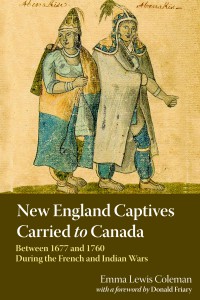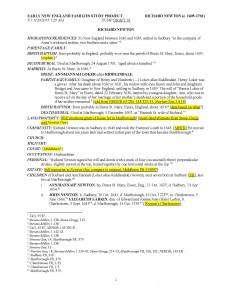Proofreading
 What can I say about a task that falls below cleaning toilets on my list of favorite things to do? However, mastering the discipline of proofreading is imperative. Your audience is counting on you to get it right, no excuses. It is also a Catch-22 – no matter how diligently you proofread, you will miss something and someone will immediately point that out to you as soon as it is published! “Paranoia is good” when it comes to proofreading. Continue reading Composition: Part Two
What can I say about a task that falls below cleaning toilets on my list of favorite things to do? However, mastering the discipline of proofreading is imperative. Your audience is counting on you to get it right, no excuses. It is also a Catch-22 – no matter how diligently you proofread, you will miss something and someone will immediately point that out to you as soon as it is published! “Paranoia is good” when it comes to proofreading. Continue reading Composition: Part Two






